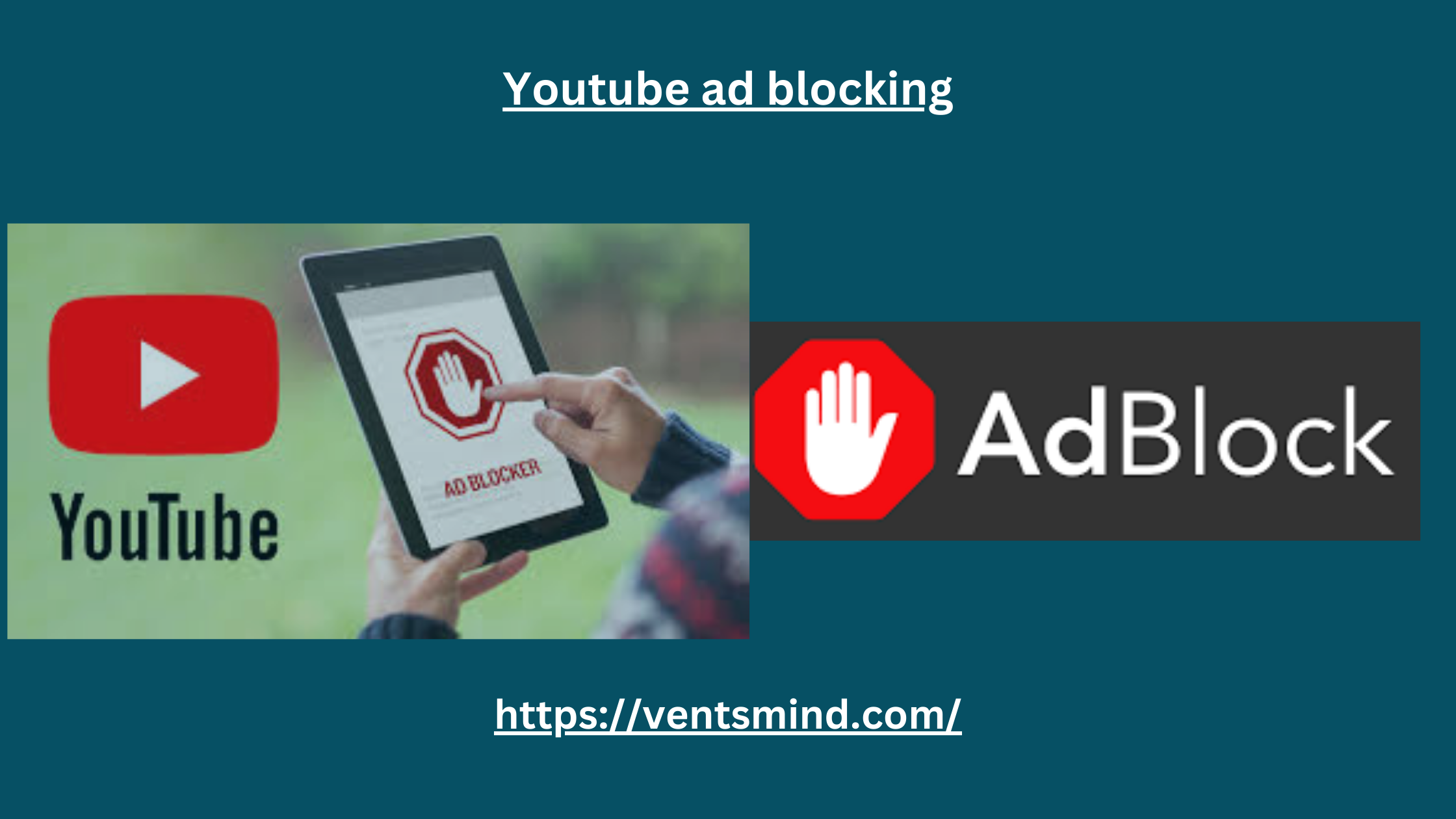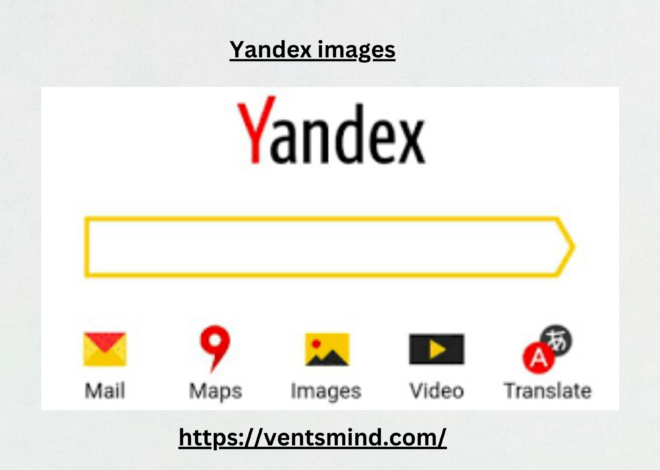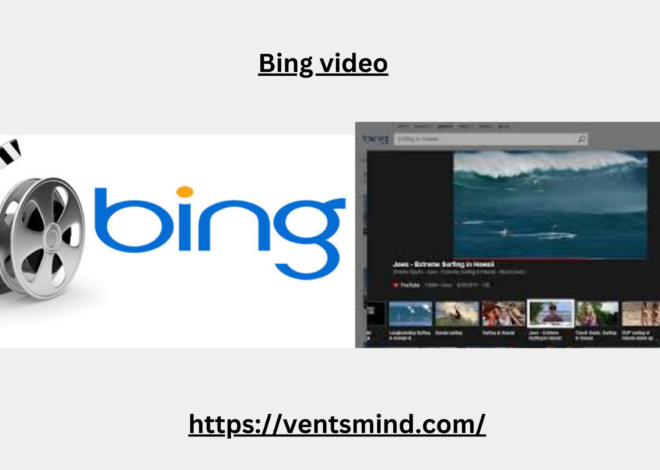
YouTube Ad Blocking: Best You Need to Know in 2024
In the era of streaming and online video content, YouTube has become a cornerstone of entertainment, education, and information. However, the rise of advertisements on YouTube has led many users to seek solutions for a seamless viewing experience. YouTube ad blocking is now a hot topic among users who want to avoid interruptions during their video sessions.
This comprehensive guide explores everything about YouTube ad blocking, how it works, the tools available, ethical considerations, and potential impacts on content creators.
What is YouTube Ad Blocking?
YouTube ad blocking refers to the use of software, browser extensions, or devices to prevent ads from playing before, during, or after YouTube videos. Ads are a significant revenue source for YouTube and content creators, but frequent interruptions can disrupt the user experience.
Ad blockers are designed to detect and filter out these advertisements, allowing users to watch videos without interruptions.
How Do YouTube Ad Blockers Work?
Ad blockers function by identifying and blocking scripts or network requests associated with advertisements. Here’s how they typically work:
- Analyzing Network Traffic: Ad blockers monitor the data exchanged between your device and YouTube. If an ad script is detected, the ad blocker stops it from loading.
- Using Filter Lists: These are pre-configured lists containing known ad domains and URLs. Popular filter lists like EasyList and EasyPrivacy are often used by ad blockers.
- Hiding Ad Elements: Some ad blockers also modify the appearance of the webpage to hide placeholders or banners where ads would typically appear.
Popular YouTube Ad Blocking Tools
If you’re looking to block ads on YouTube, numerous tools are available. Here’s a list of the most popular options:
1. AdBlock Plus (ABP)
One of the most widely used browser extensions, AdBlock Plus, is highly effective in YouTube ad blocking. It offers customizable filter lists and is available for browsers like Chrome, Firefox, and Edge.
2. uBlock Origin
uBlock Origin is a lightweight yet powerful ad blocker. It is open-source, uses minimal system resources, and provides robust filtering options, making it ideal for YouTube ad blocking.
3. Brave Browser
Brave is a privacy-focused browser with a built-in ad blocker. It offers seamless YouTube ad blocking without requiring additional extensions.
4. YouTube Premium
While not a traditional ad blocker, subscribing to YouTube Premium removes ads entirely while supporting content creators.
5. Pi-hole
A network-wide ad blocker, Pi-hole, blocks ads at the DNS level. This means that all devices connected to your network benefit from YouTube ad blocking without installing software on individual devices.
Also Check: http://www.1-hit.com/
Advantages of YouTube Ad Blocking
- Enhanced Viewing Experience
Ad-free videos provide uninterrupted entertainment and learning, especially for lengthy content like tutorials or live streams. - Reduced Data Usage
Streaming ads consumes data, which can be costly for users on limited data plans. YouTube ad blocking helps save bandwidth. - Improved Loading Speed
Blocking ads reduces the amount of data your browser needs to load, speeding up video playback and overall browsing. - Privacy Protection
Many ads track user behavior for targeted advertising. Ad blockers protect users from invasive tracking.
Ethical Considerations of YouTube Ad Blocking
While YouTube ad blocking offers undeniable benefits, it raises ethical questions:
- Impact on Content Creators
YouTube creators rely on ad revenue to sustain their channels. Blocking ads can reduce their income, affecting their ability to produce quality content. - Fair Use of Free Platforms
YouTube provides free access to its platform by monetizing ads. Blocking ads might undermine this business model, potentially leading to changes that could affect all users.
To balance the benefits of YouTube ad blocking and the need to support creators, users might consider subscribing to YouTube Premium or directly supporting their favorite channels through memberships and donations.
Legal Implications of YouTube Ad Blocking
Using ad blockers is generally legal. However, it can conflict with the terms of service of platforms like YouTube. While YouTube cannot take direct action against users who block ads, the platform might develop countermeasures to bypass ad-blocking software.
The Rise of Anti-Ad-Block Measures
To combat the widespread use of ad blockers, YouTube has begun implementing anti-ad-block strategies. These include:
- Ad Blocker Detection
YouTube can detect when an ad blocker is being used and display prompts asking users to disable it. - Restricting Access
In some cases, YouTube might limit video playback until the ad blocker is disabled. - Skippable Ads
YouTube offers skippable ads as a compromise, allowing users to bypass the full ad after a few seconds.
How to Balance Ad Blocking with Supporting Creators
Here are some ways users can support creators while enjoying an ad-free experience:
- YouTube Premium: As mentioned earlier, this subscription removes ads while sharing revenue with creators.
- Channel Memberships: Join memberships or contribute through Patreon to directly support creators.
- Merchandise and Crowdfunding: Purchase merchandise or contribute to crowdfunding campaigns launched by your favorite creators.
Alternatives to YouTube Ad Blocking
For users who don’t want to install ad blockers but still want to avoid excessive ads, here are some alternatives:
- Using Incognito Mode
Watching videos in incognito mode can sometimes bypass certain types of ads. - Clearing Cookies
Regularly clearing cookies can reset ad preferences, reducing the frequency of targeted ads. - Skipping Ads Manually
Although less convenient, manually skipping ads can help maintain a fair balance between supporting creators and minimizing interruptions.
Future of YouTube Ad Blocking
The future of YouTube ad blocking is dynamic, with both ad blockers and platforms like YouTube evolving rapidly. As YouTube develops more sophisticated anti-ad-block measures, ad blocker developers continue to innovate.
For users, the key will be finding a balance between enjoying an ad-free experience and supporting the creators and platforms they rely on.
Conclusion
YouTube ad blocking is a valuable tool for enhancing your video streaming experience by eliminating interruptions and protecting privacy. While it offers numerous advantages, it’s essential to consider its impact on content creators and the platform’s ecosystem.
Whether you choose traditional ad blockers, network-wide solutions, or premium subscriptions, the ultimate goal should be to enjoy YouTube responsibly. Balancing personal preferences with ethical considerations can help create a sustainable environment for creators and viewers alike.


